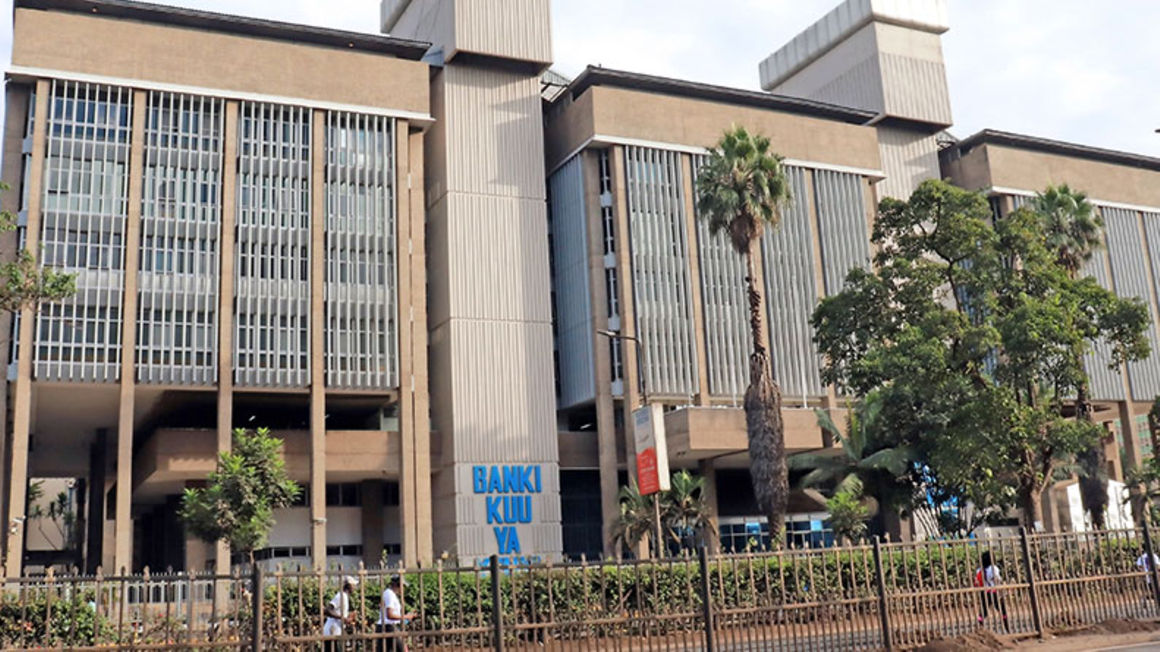
Central Bank of Kenya (CBK). FILE PHOTO | NMG
Commercial banks have projected private sector credit to grow at a slower pace by the end of this year compared to last year, citing the rise in non-performing loans and lower economic growth as a result of the Covid-19 pandemic.
A market perceptions survey carried out by the Central Bank of Kenya (CBK) ahead of the September 29 Monetary Policy Committee (MPC) meeting showed that lenders are projecting annualised credit growth of 6.9 percent in 2020, compared to 7.1 percent in the 12 months to December 2019.
In the 12 months to August 2020, private sector credit growth stood at 8.3 percent.
Large banks were the most pessimistic on credit growth, projecting it at 5.9 percent, while medium sized lenders see it at 10.3 percent and small lenders at 9.3 percent.
Large banks’ (tier one) had a loan book of Sh2.332 trillion by end of June, equivalent to 80 percent of the entire banking sector’s loan book—meaning they effectively control the formal credit market.
“Respondents expected the opening up of more businesses with the lifting of more Covid-19 related restrictions, increasing aggregate demand in the economy,” said CBK in the survey.
“However, some respondents revised downwards their expected credit growth to the private sector for 2020, relative to 2019 due to effects of uncertainties of the pandemic on economic activities, lower economic growth in 2020, delayed payment of pending bills, elevated credit risk, increased non-performing loans (NPL) in the industry, and increased and unemployment.”
Although the economy is now opening up, many businesses that were negatively affected by the restrictions are still trying to regain their footing, and banks are also wary of rising NPLs, which stood at 13.6 percent in August compared to 12 percent in December 2019.
On the demand side, the majority of banks (69 percent) said they expected moderate demand for credit in the September/October period, with 21 percent projecting low demand.
Eight percent of the polled lenders said they were expecting high demand for credit, driven by improving economic activity and business confidence following the reduction in the Covid-19 infection rate and lifting restrictions.
Only three percent said they expect demand to be very low.
The banks, however, cited increased levels of unemployment, slow payment of suppliers and contractors as potential dampeners of credit demand in the period.





No comments :
Post a Comment